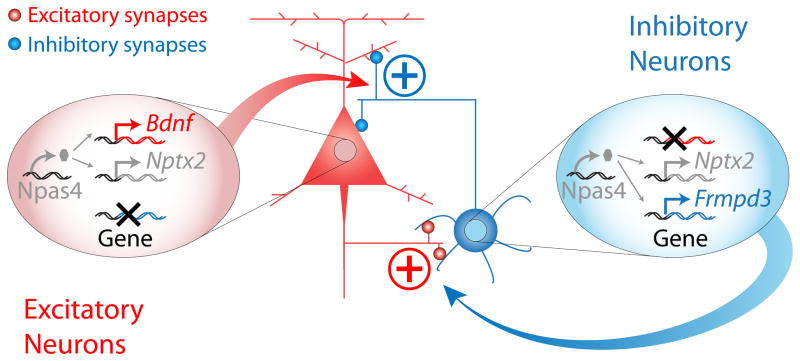Figure 7. Cell type-specific functions of Npas4 are part of a circuit-wide homeostatic logic to restrict excitation.
Model demonstrating that the cell type-specific activity-induced transcriptional programs controlled by Npas4 in excitatory and inhibitory neurons function to regulate different types of synapses to achieve a common homeostatic goal of restricting network activity. In excitatory neurons, Npas4 activates a transcriptional program that consists of late-response genes selectively expressed in excitatory neurons (e.g. Bdnf, red) and commonly induced in excitatory and inhibitory neurons (e.g. Nptx2, grey). These Npas4 targets function together to promote increased numbers of inhibitory synapses onto excitatory neurons, thereby decreasing circuit activity. In inhibitory neurons, Npas4 activates a transcriptional program consisting of late response genes selectively expressed in inhibitory neurons (e.g. Frmpd3, blue), and genes that are commonly induced by activity in both excitatory and inhibitory neurons (e.g. Nptx2, grey). Together, Npas4-regulated late-response genes in inhibitory neurons function to promote increased excitation onto inhibitory neurons, thus increasing GABA release and lowering the overall levels of circuit activity.

